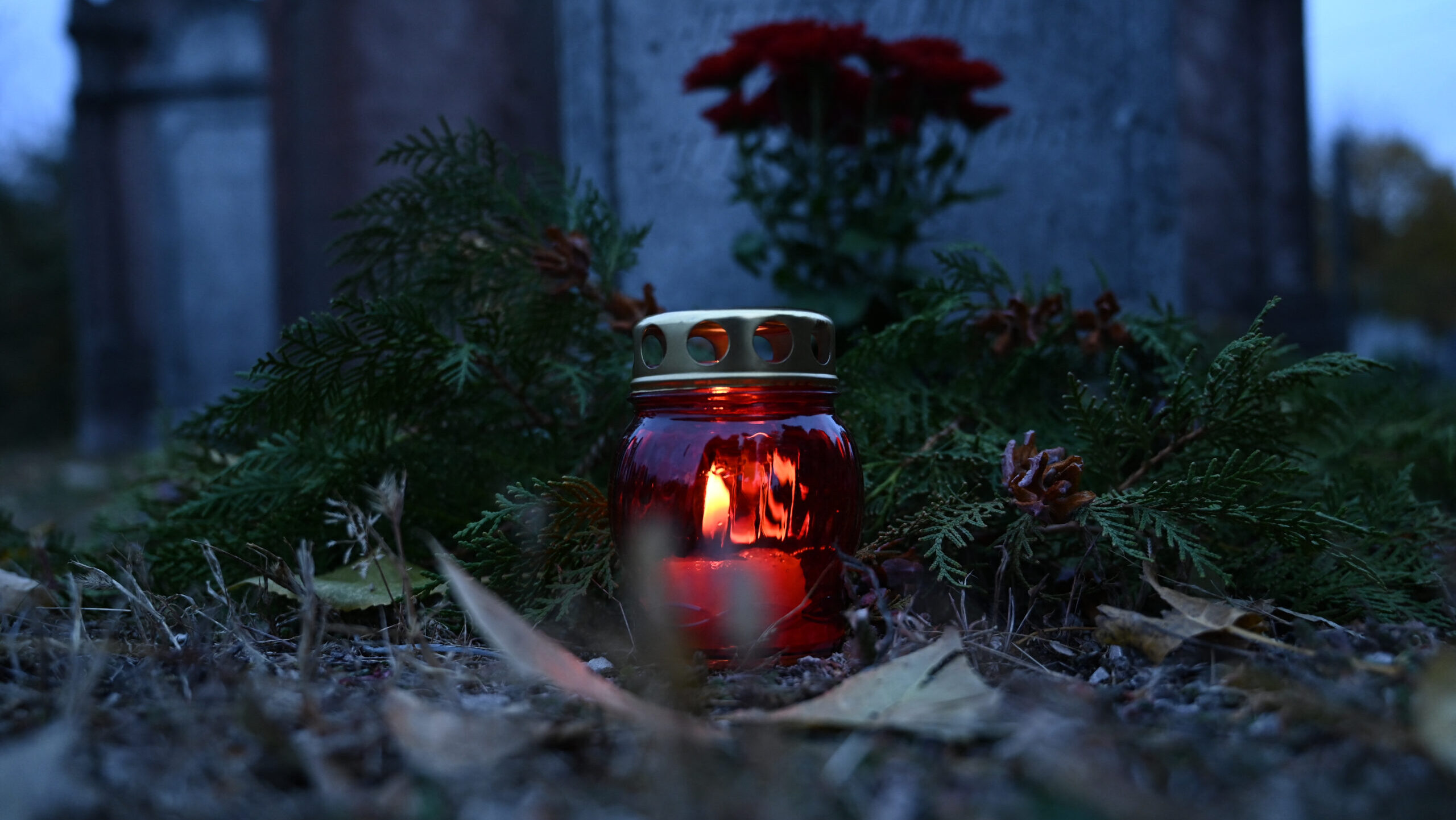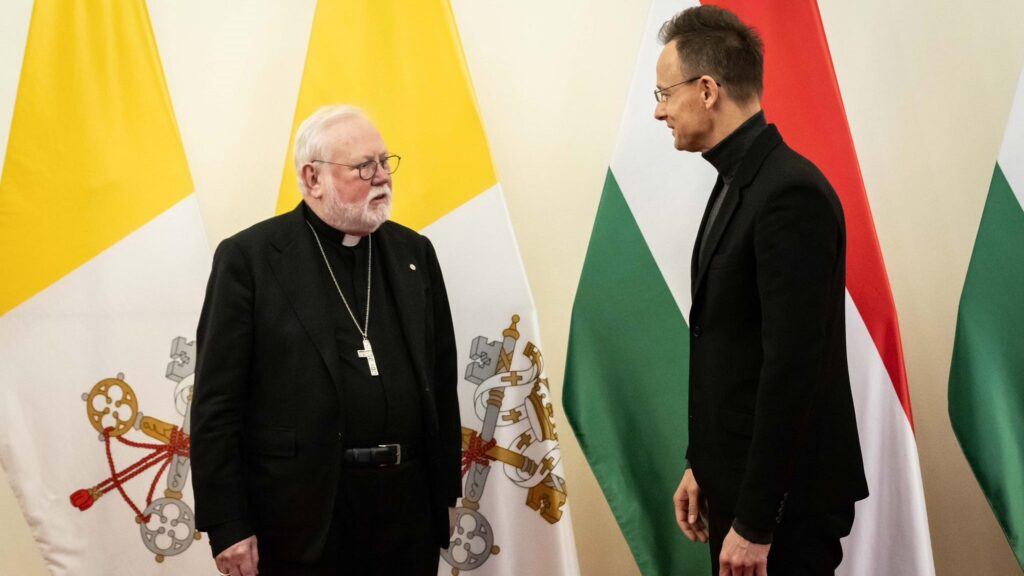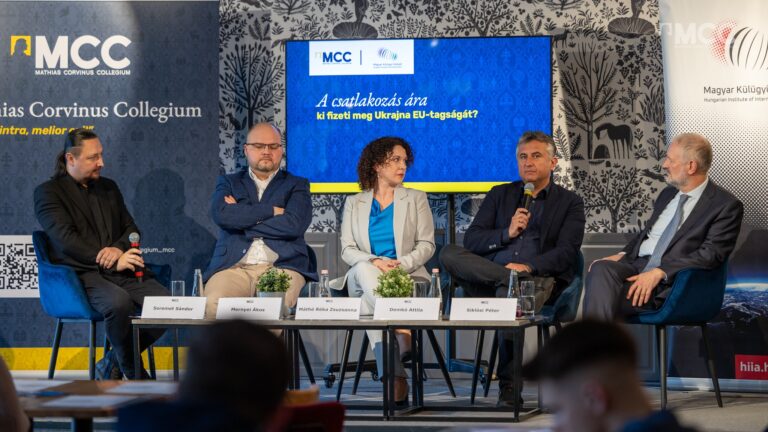On 1 November much of the Christian world celebrates All Saints’ Day, and Hungary is no exception. Traditionally, this day is dedicated to commemorating all the saints of the Church who are believed to have attained heaven. In Hungary, as in many other European countries, there is a slight departure from Catholic tradition, as the focus is more on remembering one’s departed loved ones. It is a day when people visit cemeteries to honour their deceased by decorating their graves with flowers and candles. According to folk tradition, this is the day when the lost loved ones return, and the light from the candles guides their way. On this day, whether in small towns, villages, or even in Budapest, all cemeteries are illuminated by the glow of candlelight, creating a truly beautiful and intimate sight.
But where does the feast of All Saints originate? To find the answer, we must look back to the 7th century. While now observed in November, All Saints’ Day was originally celebrated on 13 May, although its exact origins cannot be definitively traced. Pope Boniface IV formally initiated what would later be known as All Saints’ Day on 13 May 609 AD when he dedicated the Pantheon in Rome as a church in honour of the Virgin Mary and all martyrs.
The current date of 1 November was established by Pope Gregory III during his reign (731–741 AD) when he dedicated a chapel in St Peter’s Basilica in Rome in honour of all saints. Initially, this celebration was limited to Rome; however, in 837, Pope Gregory IV ordered the official observance of All Saints’ Day on 1 November and extended its celebration to the entire Church.
‘The saints support us, and when we take a wrong turn along the way, their silent presence never fails to guide us back’
As with other Christian feasts, the Pope celebrates All Saints’ Day with a Holy Mass and a speech in St Peter’s Square. In his address last year, Pope Francis encouraged attendees to reflect on holiness in the context of the feast day. ‘Holiness is a gift from God, which we receive at baptism. If we allow it to grow, it can completely transform our lives,’ he stated. The Pope emphasized that the saints ‘are not heroes who are unreachable or distant. They are people like us, our friends, whose starting point is the same gift we have received: baptism.’
Holiness, Pope Francis argued, is also ‘a journey—a journey to be undertaken together, helping one another and united with those great companions, the saints.’ He added: ‘They are our elder brothers and sisters upon whom we can always rely. The saints support us, and when we take a wrong turn along the way, their silent presence never fails to guide us back.’
The significance of All Saints’ Day extends beyond the flickering candle flames in cemeteries; it is a time for reflection—reflecting on our lives and remembering not only our departed loved ones but also the saints whom we may overlook at other times. It is an opportunity to seek their guidance during periods of trial and challenge, which is extremely important in our current times.
Related articles:








